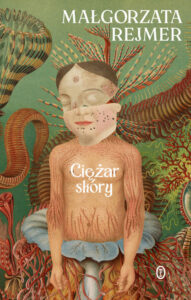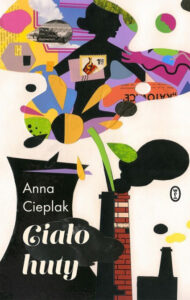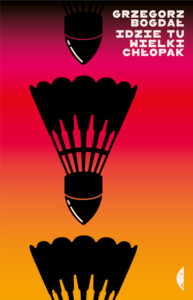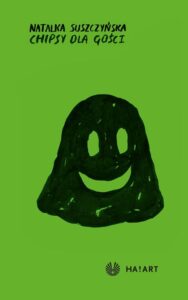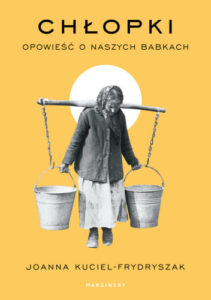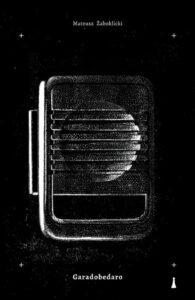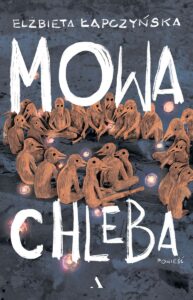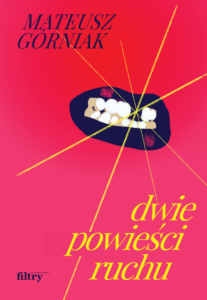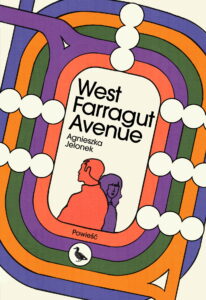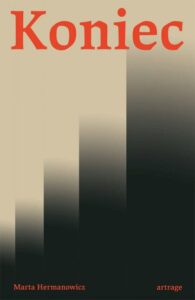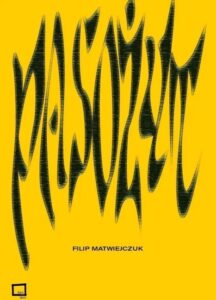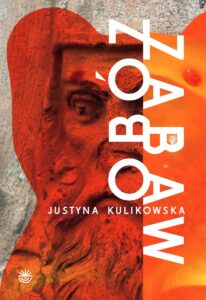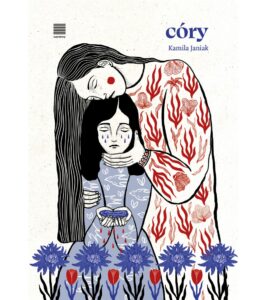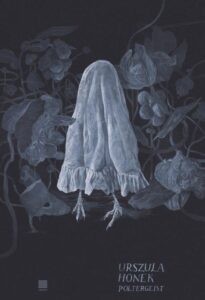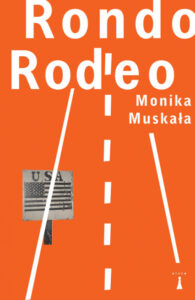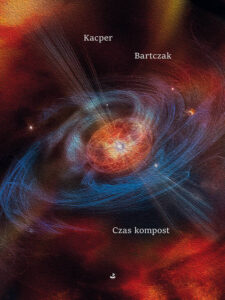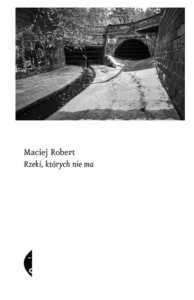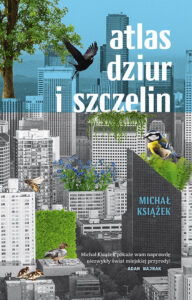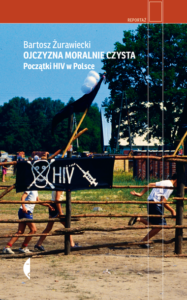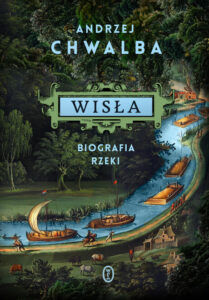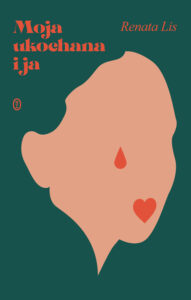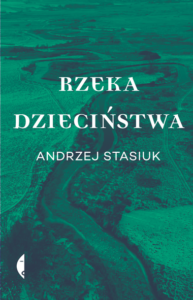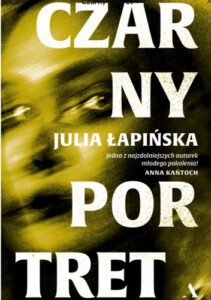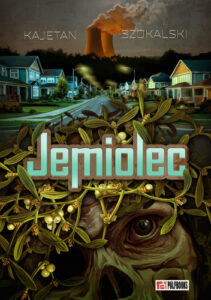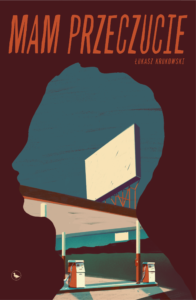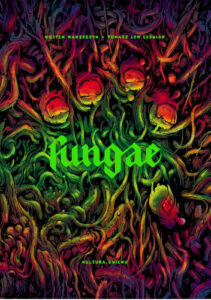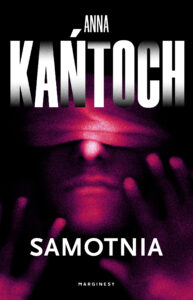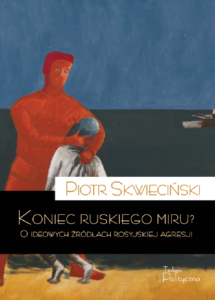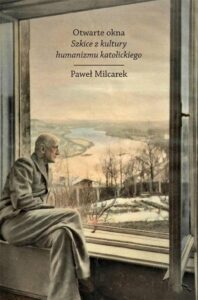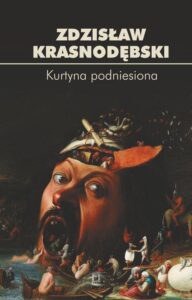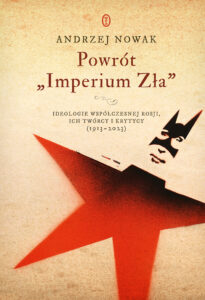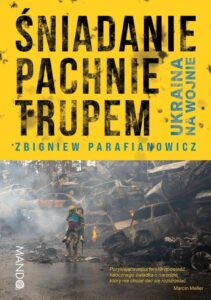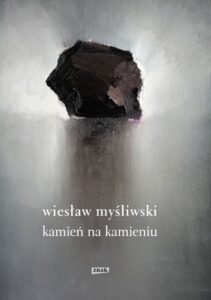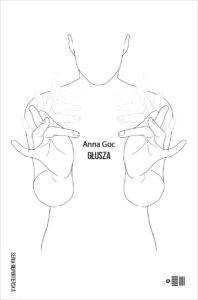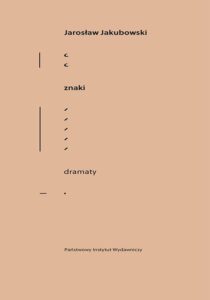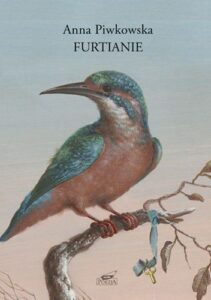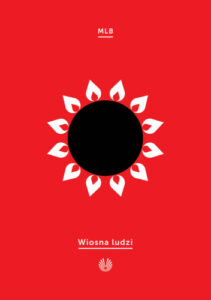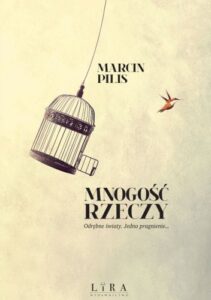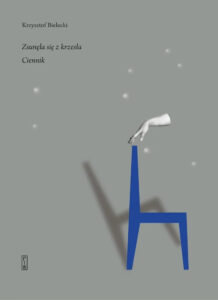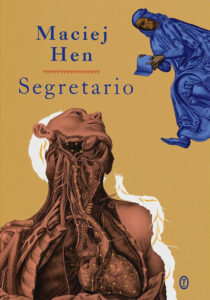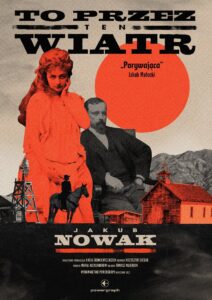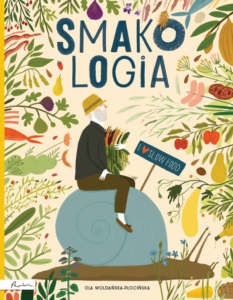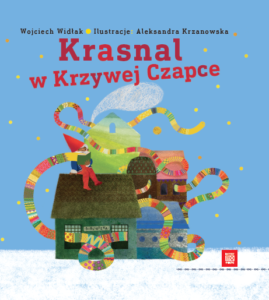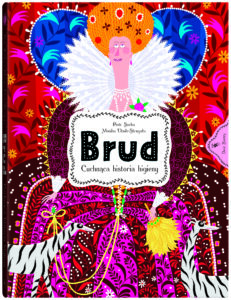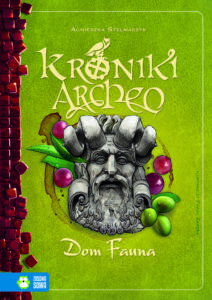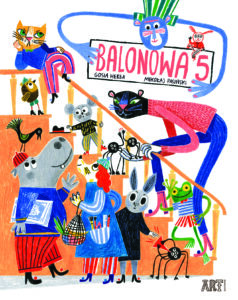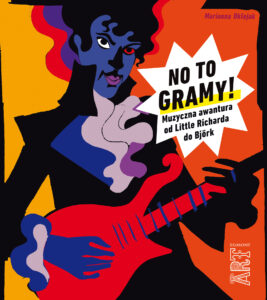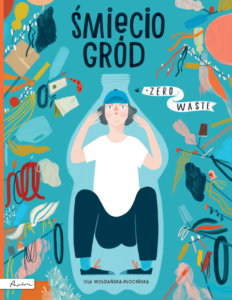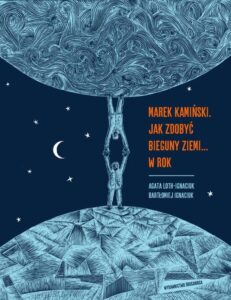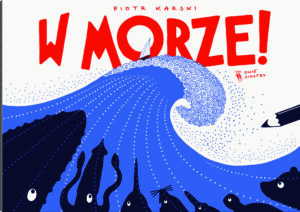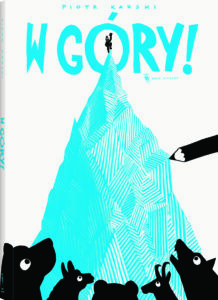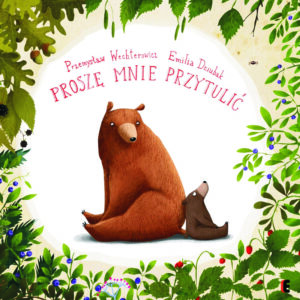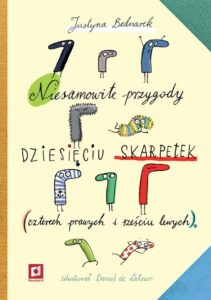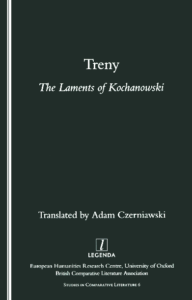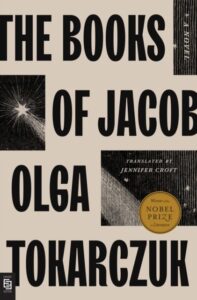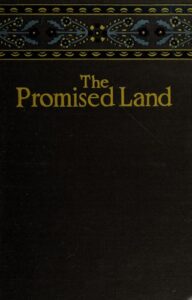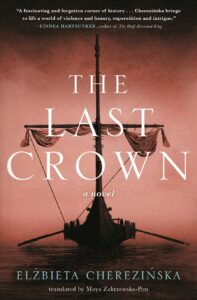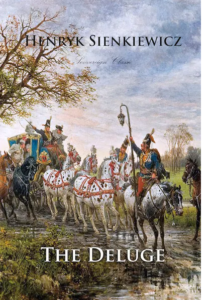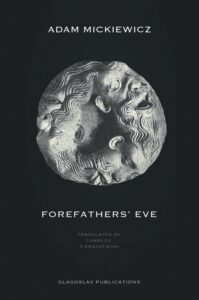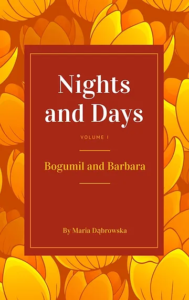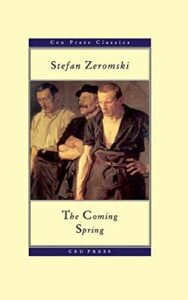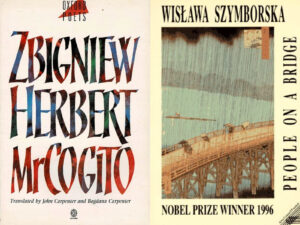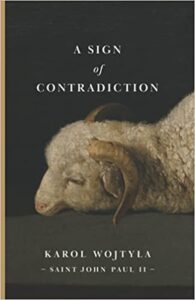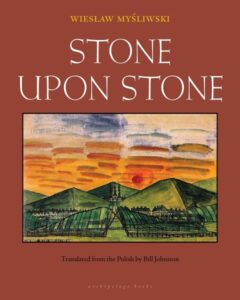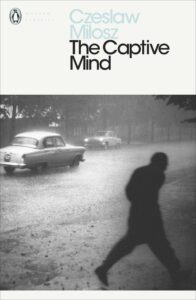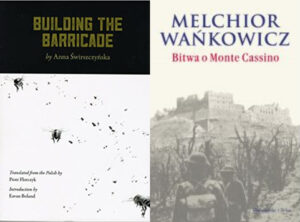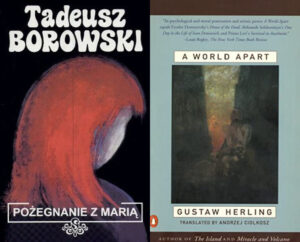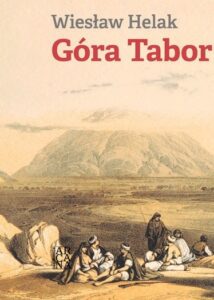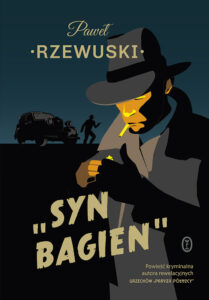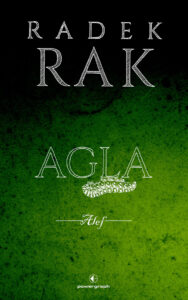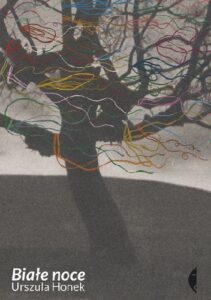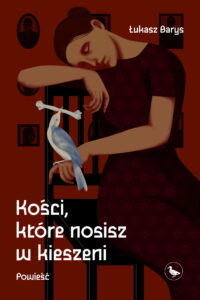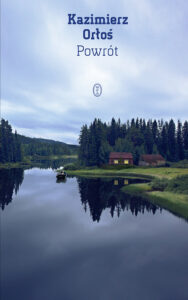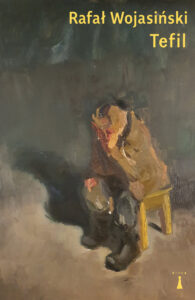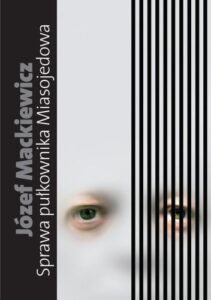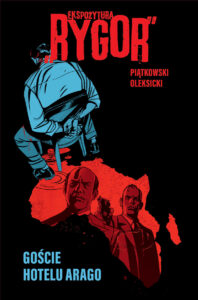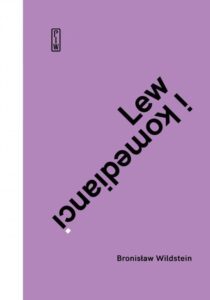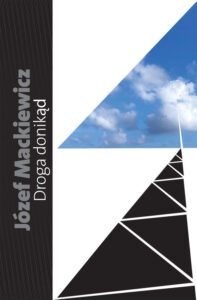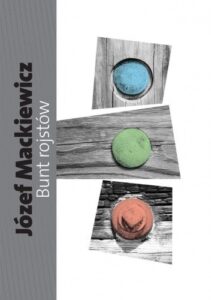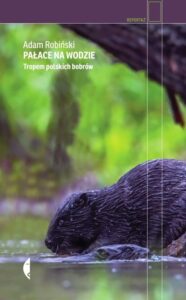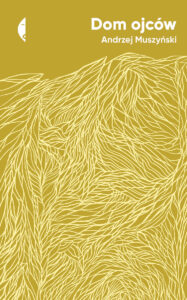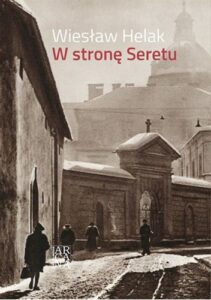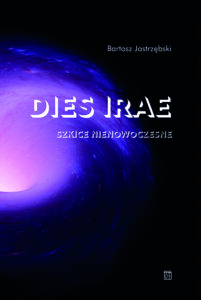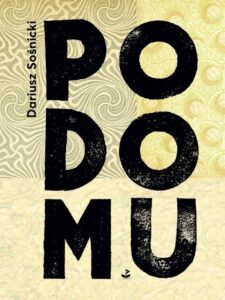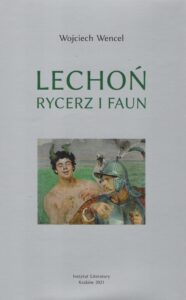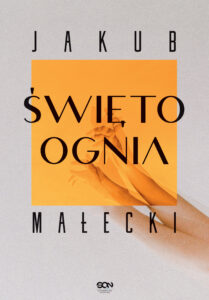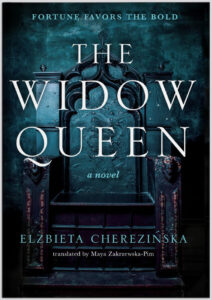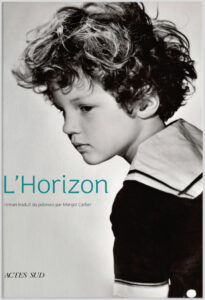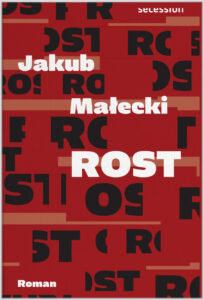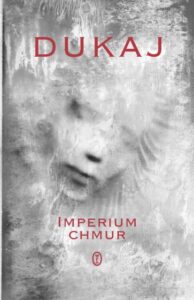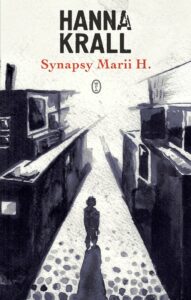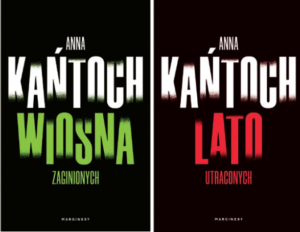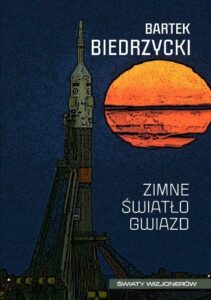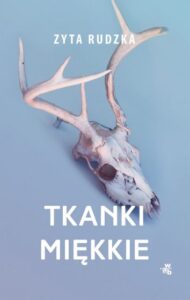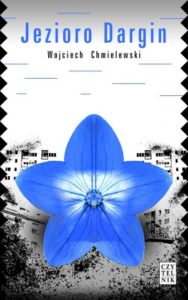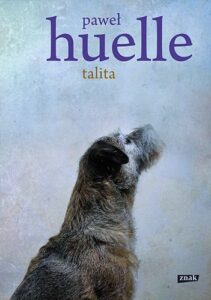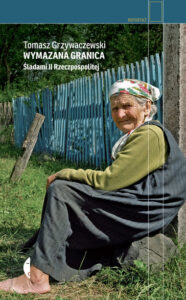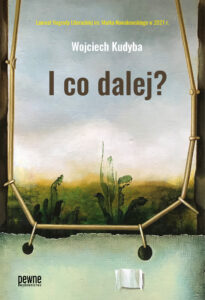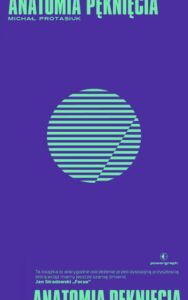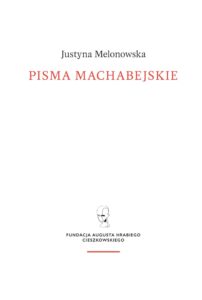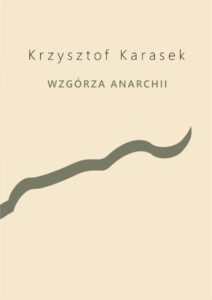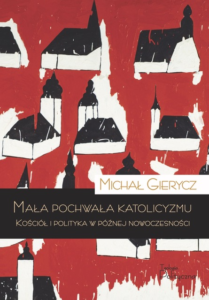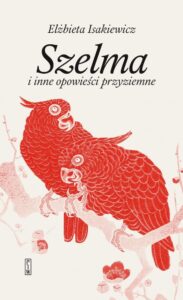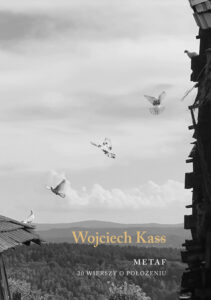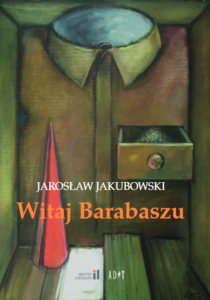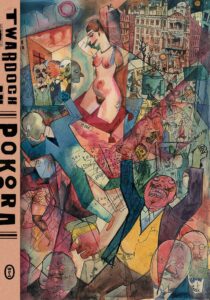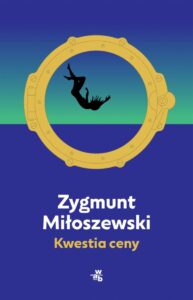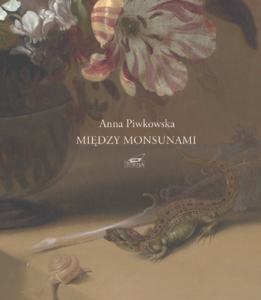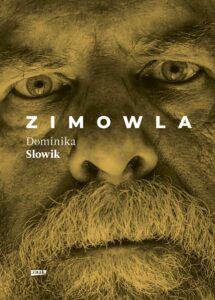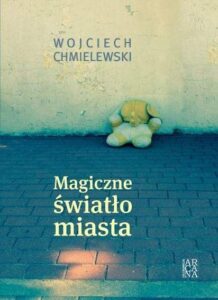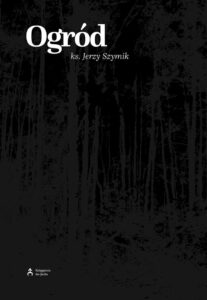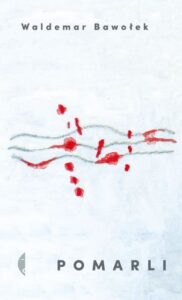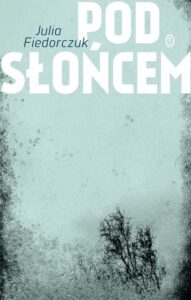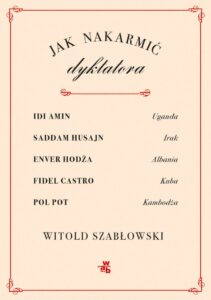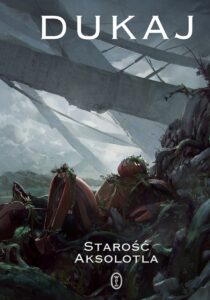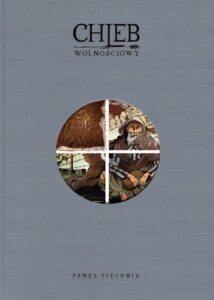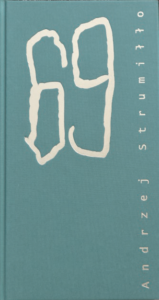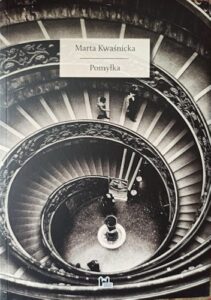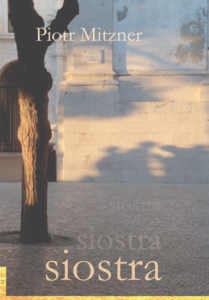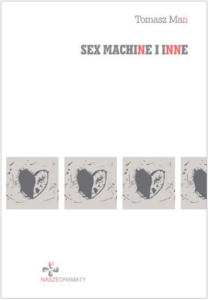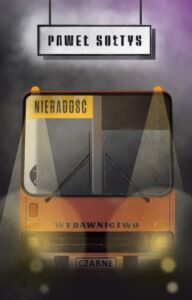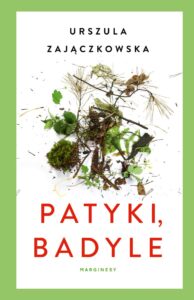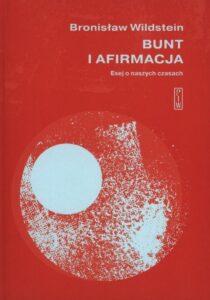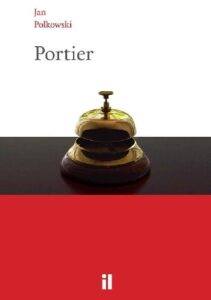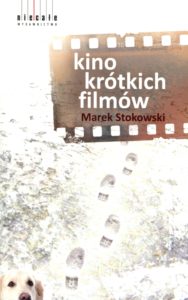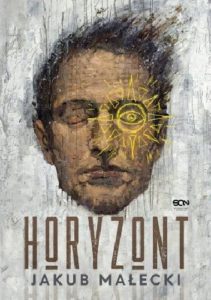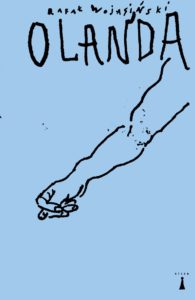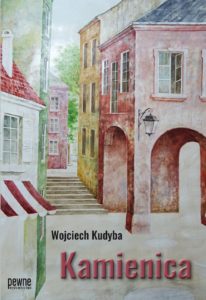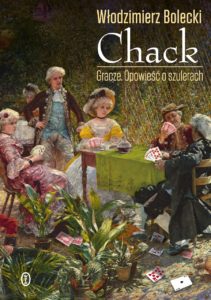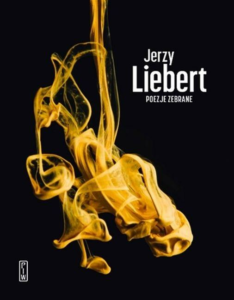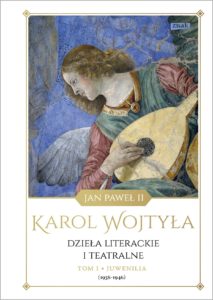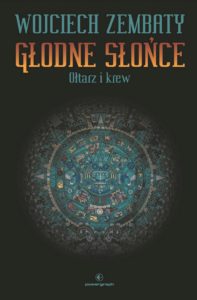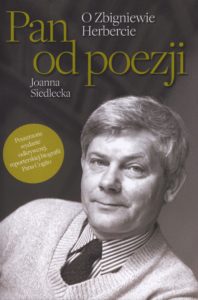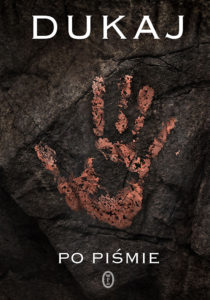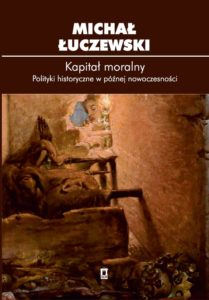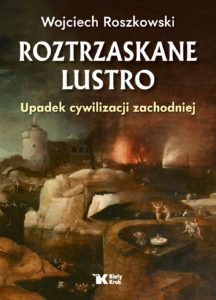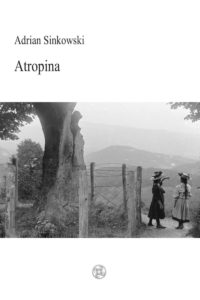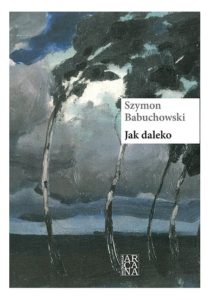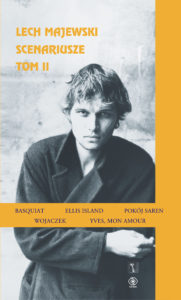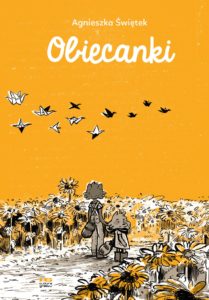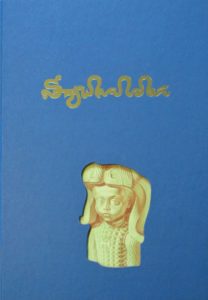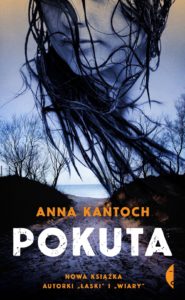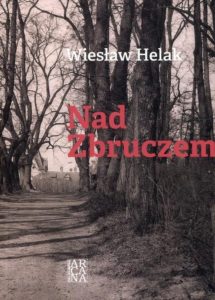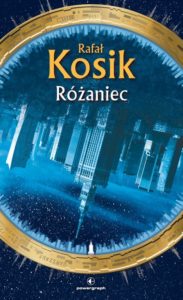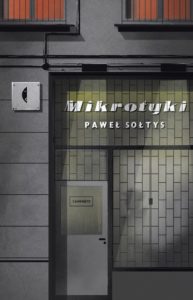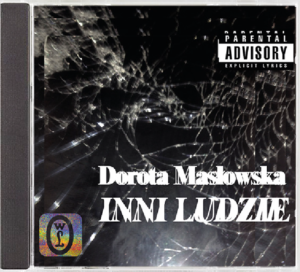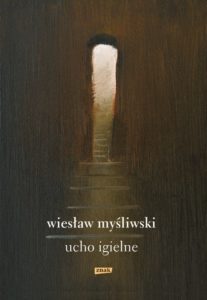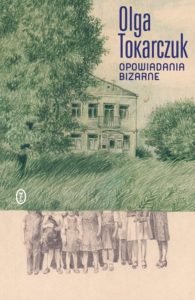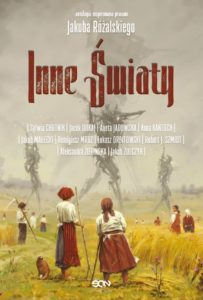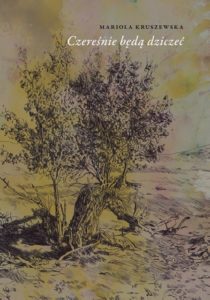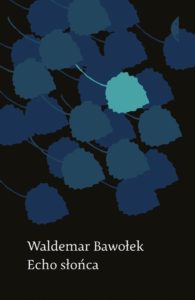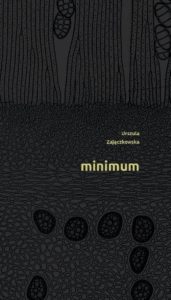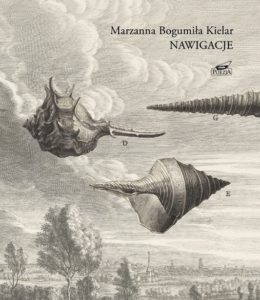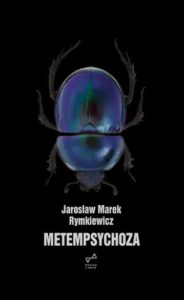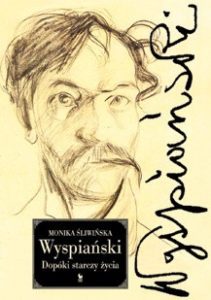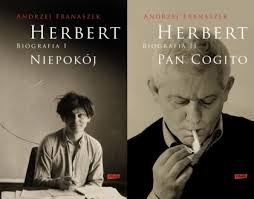Zajączkowska combines the wisdom of a poet and a researcher
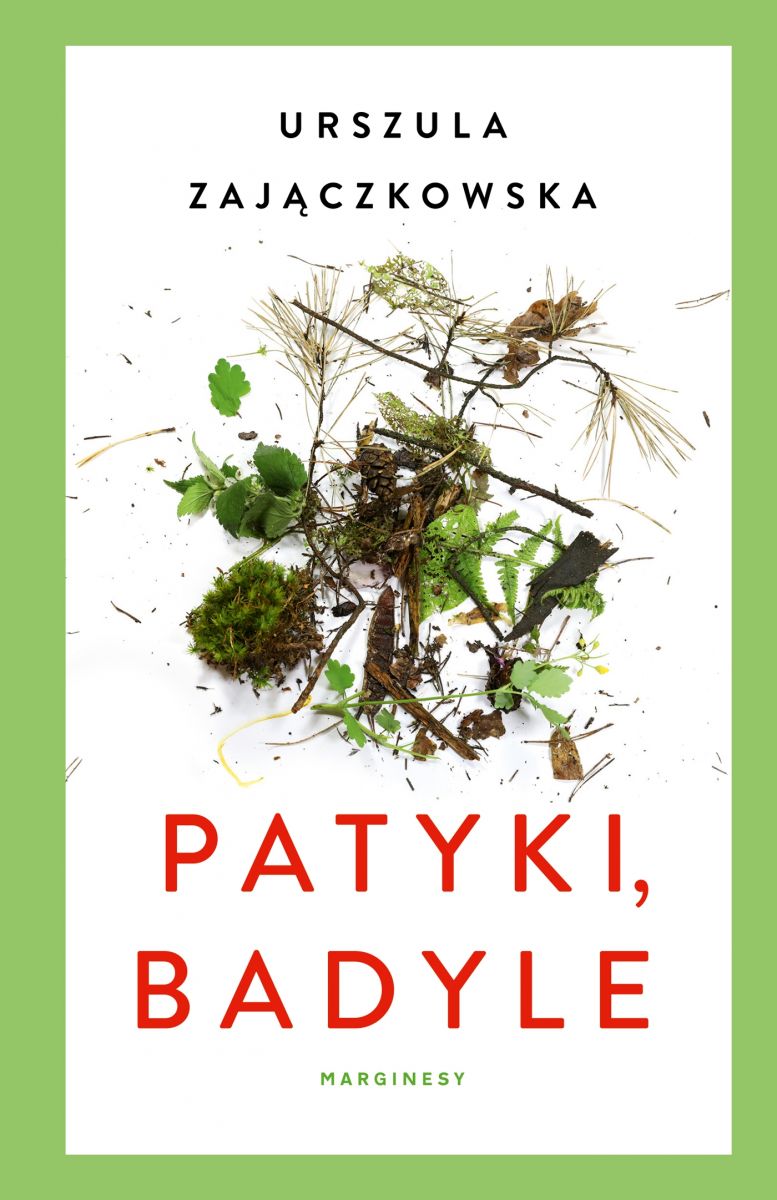
Whenever you walk down a forest path, through a coppice or a meadow, you experience the harmony of nature. After all, it is a perfectly composed entity. There are no discords, no false notes, no arrhythmias. You absorb its gentle impeccability and restore your inner peace. In nature, there is duty and humility, the beauty and fierce will of life. And this energy that is so foreign to you, the energy of a wild matter, saturated with the hope of re-nascence, re-growth, re-cuperation, of sprouting and regeneration, this energy causes you to drink from it, drawing strength in knowing that you, too, will be given nature’s spark of life. You too will get a chance to create yourself anew, forgetting what once was. And then, you will get to do your own thing afresh. But the tree you’re touching to borrow its energy, this tree to whom you press your tired, tried face – this tree consists mostly of cells that committed a cruel suicide a long time ago. Almost all of them killed themselves ruthlessly, self-digesting and burning their own life away with acid-like severity, leaving nothing but an empty shell, a husk. They have done it before, and they will keep on doing it. All this for the sake of physiological pragmatism.
Suicide is imprinted in every plant cell, designed as an act of life that must ring out for the plant to exist and self-create. Apoptosis, the pre-programmed death of a cell, happens for real. No rehearsing, no pretending. Trees use this process mainly to create wood and bark.
In the spring, when vascular cambium – the thin jelly film that covers the wood – multiplies, new cells come to life, fresh and alive, so hydrated that everything inside them is tender and transparent like candy wrappers. They are about to turn into wood, become trunk and branches, fill the scaffolding of every leaf’s net of nerves, build root cores; it doesn’t matter whether it’s a root of a wild pansy or a sequoia. Therefore, cells must gain strength first, reinforcing their walls. And just several weeks later, each living stem cell of wood buries itself alive from the inside like Antigone, bricking the exits up with lignin that hardens up like cement. It’s happening right there when everything is in bloom, at the height of summer when everything lives, and photosynthesises, growing and persisting. A ripe time for suicide. The cell digests itself, hydrolase enzymes popping inside it. They were there from the very start. The living parts inside the cell vanish. Only when it’s almost done killing itself, do the nucleus and DNA disintegrate, only then is the gene book annihilated. As if the dictate of survival was there until the very end.
The mass death of tree cells is a thoroughly pragmatic sacrifice by their mother plant. All this is done to let the water flow through the desolate labyrinthine corridors of wood, this being the only way for it to reach every leaf, every living cell.
But why? Why do cells have to die, why didn’t those systems evolve towards preserving life, all life, at any cost?
It’s because the Universe is overrun with physics – just like Prigogine’s sentences, in which he described the chaos of all complex structures. Billions of multiplied cells, making for an endlessly rich system, this hive of diversity can function only up to a certain level of multiplication. A rebellion is always simmering there, and so are tumours and uncontrolled laziness. It would be too difficult to maintain and synchronise in such a towering living structure.
I’m writing those words; it’s very quiet. I place my palm on the beechwood table, push my feet down on the spruce floor.
Excerpt translated by Aga Zano
Zajączkowska combines the wisdom of a poet and a researcher

Translation rights: Marginesy, k.rudzka@marginesy.com.pl
The paths of botanists and of those who can lose themselves in the crimson crowns of maple trees divided a long time ago. The first wield their microtomes, a guillotine for maniac miniaturists, cutting every tissue into slivers and sequencing genes to examine nature inside out. The latter simply appreciate what’s “pretty” – whipping tails of long grasses, lush bird feathers, lakes at dawn – never even asking how it all works. True, their ecological conscience rests heavily upon their shoulders (as it does for most of humanity), making them save water and recycle. Still, when it comes to DNA and plant tissue, they only know as much as they have forgotten after graduating from high school. They rarely give a thought to the philosophy of nature, either, not that it should come as a surprise: the last time it was in vogue was during the Renaissance. After that came Charles Darwin, wise and sorrowful. And it’s better not to read too much into him, or you’ll realise the world is all made of violence.
Who could and would notice the tragedy occurring in the atrophy of tree cells becoming vascular bundles used for transporting water up, up to the highest twigs, and in the pressing forces of juices that make spring plants burst like “taped-up mouths, filled with water”? Only someone who combines the wisdom of a poet and researcher could do such a thing; someone intimately familiar with the secrets of metabolic and vegetative cycles; ready to cut, scan and split while maintaining their careful attention to death, birth, solitude, bravery, and light. And that’s Urszula Zajączkowska.
She opens her book with a short essay on gravity that determines plants’ fates far more than animals do, writing of waves and caves of gravity – and such a world view remains omnipresent here. To the author, reality is just a whirlwind of matter that arranges itself in wisps, wounds, and streams that shiver, shatter and flow. Everything heaves and pulses, following its own rhythm. How strongly does one need to react to the world, and how many bundles of nerves does it take to write about it with such harrowing intensity and self- imposed discipline?
Wojciech Stanisławski
Translated by Aga Zano
Selected samples
She climbed her first peaks in a headscarf at a time when women in the mountains were treated by climbers as an additional backpack. It was with her that female alpinism began! She gained recognition in a spectacular way. The path was considered a crossing for madmen. Especially since the tragic accident in 1929, preserved … Continue reading “Halina”
First, Marysia, a student of an exclusive private school in Warsaw’s Mokotów district, dies under the wheels of a train. Her teacher, Elżbieta, tries to find out what really happened. She starts a private investigation only soon to perish herself. But her body disappears, and the only people who have seen anything are Gniewomir, a … Continue reading “Wound”
A young girl, Regina Wieczorek, was found dead on the beach. She was nineteen years old and had no enemies. Fortunately, the culprit was quickly found. At least, that’s what the militia think. Meanwhile, one day in November, Jan Kowalski appears at the police station. He claims to have killed not only Regina but also … Continue reading “Penance”
The year is 1922. A dangerous time of breakthrough. In the Eastern Borderlands of the Republic of Poland, Bolshevik gangs sow terror, leaving behind the corpses of men and disgraced women. A ruthless secret intelligence race takes place between the Lviv-Warsaw-Free City of Gdańsk line. Lviv investigator Edward Popielski, called Łysy (“Hairless”), receives an offer … Continue reading “A Girl with Four Fingers”
This question is closely related to the next one, namely: if any goal exists, does life lead us to that goal in an orderly manner? In other words, is everything that happens to us just a set of chaotic events that, combined together, do not form a whole? To understand how the concept of providence … Continue reading “Order and Love”
The work of Józef Łobodowski (1909-1988) – a remarkable poet, prose writer, and translator, who spent most of his life in exile – is slowly being revived in Poland. Łobodowski’s brilliant three- volume novel, composed on an epic scale, concerns the fate of families and orphans unmoored by the Bolshevik Revolution and civil war and … Continue reading “Ukrainian Trilogy: Thickets, The Settlement, The Way Back”
